Chemistry
An international language for solar energy fields
Standardized reporting of energy conversion efficiency could help to develop photocatalysts to produce renewable fuels.
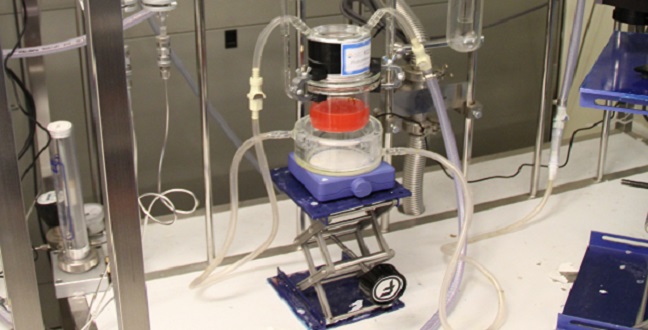
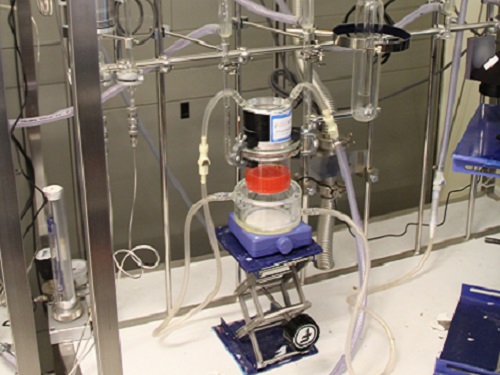
A photocatalysis setup in the KAUST Catalysis Center. Standardizing the academic language around measuring and reporting on energy conversion efficiency in different solar energy fields will support innovation.
© 2016 KAUST
Researchers at KAUST have reviewed the various definitions and terminologies used to measure and report on the energy conversion efficiencies in different solar energy fields. They offer recommendations to make it easier to assess the relative merits of innovations in this challenging arena1.
Making greater use of sunlight’s abundant energy as an alternative and sustainable power source is a key priority for researchers worldwide. The drive towards more efficient and more extensive use of solar energy is also a prominent goal of the University to promote in-Kingdom research and development.
The KAUST Catalysis Center works on ways to develop catalysts that can harness solar energy to power the chemistry that creates alternative fuels—for example, by splitting water into hydrogen and oxygen gases.
“Saudi Arabia is privileged to possess both existing and future energy resources,” said Kazuhiro Takanabe, KAUST Associate Professor of Chemical Science and a member of the University’s Catalysis Center, referring to the Kingdom’s oil reserves and abundant solar energy. “At our Center, we are working on building the bridge from current energy production methods to those of the future.”
Takanabe and his Ph.D. student Muhammad Qureshi focused their review on the use of powder photocatalysts to accelerate light-driven reactions in liquids. This process of heterogeneous photocatalysis is one of the most significant procedures used to harness light for fuel production and environmental remediation.
“We hope to draw attention to the problem of different measuring and reporting systems and suggest procedures that will allow easier comparison among the results from different laboratories,” said Takanabe.
This is a vital issue because the most effective and economically viable solar energy solutions can only be identified if the efficiency of different methods can be accurately compared. Takanabe also pointed out that some research papers contain inaccuracies and are inconsistent, partly because of the different systems of measurement and reporting.
The KAUST team proposed a unified system to report the key variables linked to the efficiency of different photocatalytic materials, and they give an example based on their own work. Quantifying the key variables is focused on three measurements, which are the photon flux through each photoreactor, the photocatalytic rate at which maximized incident photons are absorbed and the accurate measurement of reactant consumption and product generation.
The researchers hope that their review and proposals will assist research teams around the world in their quest to develop an increasingly solar-powered future.
References
-
Qureshi, M. & Takanabe, K. Insights on measuring and reporting heterogeneous photocatalysis: efficiency definitions and setup examples. Chemistry of Materials August 29 2016 doi: 10.1021/acs.chemmater.6b02907| article
You might also like
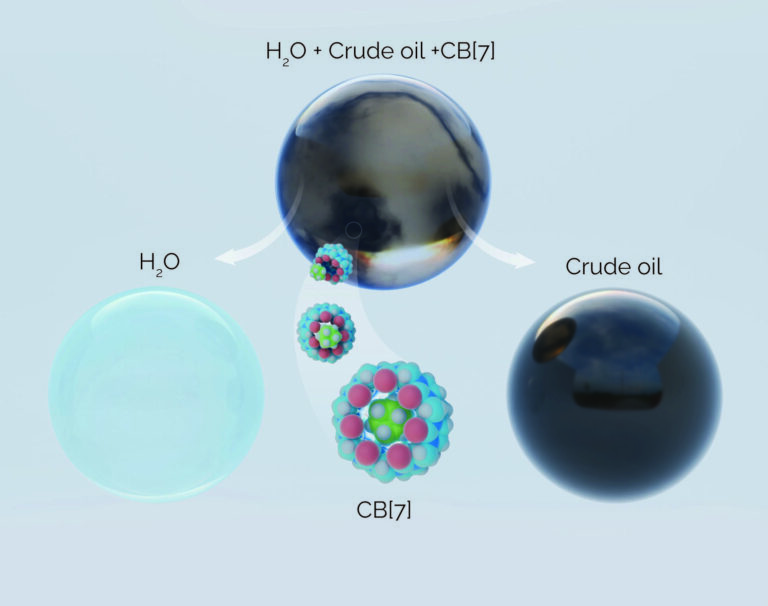
Chemistry
Hollow molecules offer sustainable hydrocarbon separation
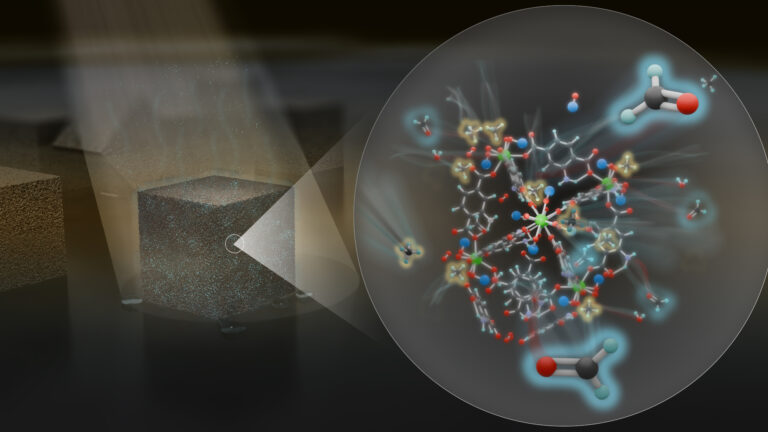
Chemistry
Maximizing methane

Chemistry
Beating the dark current for safer X-ray imaging

Chemical Engineering
Net benefits for advanced materials design

Chemical Engineering
Ancient architecture inspires a window to the future
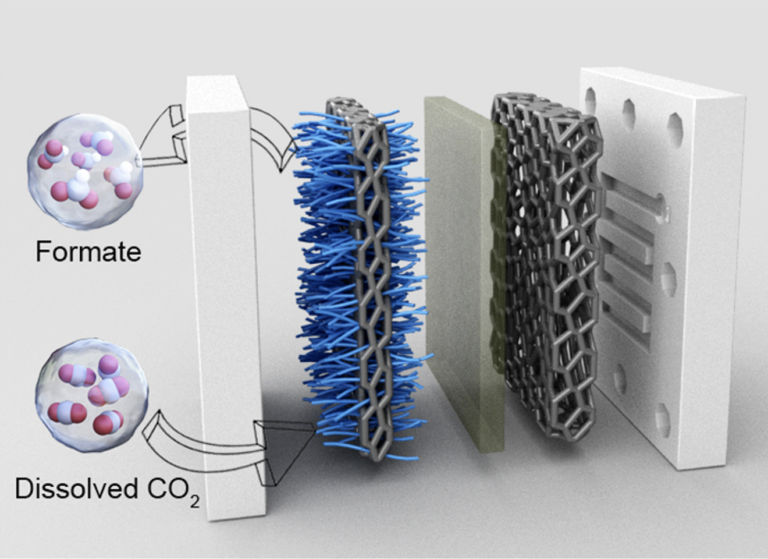
Chemistry
Squeezing more from carbon dioxide
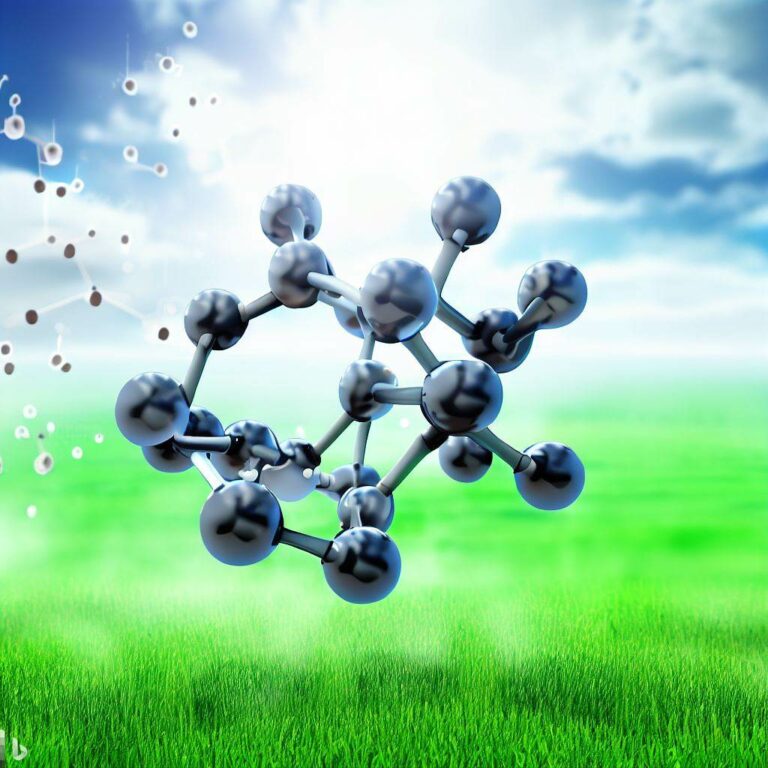
Chemistry
Finding catalytic power in unexpected places
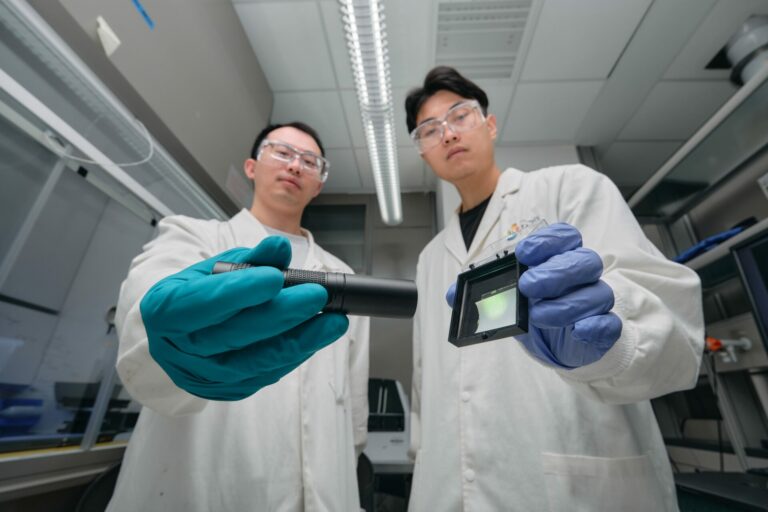
Chemistry



